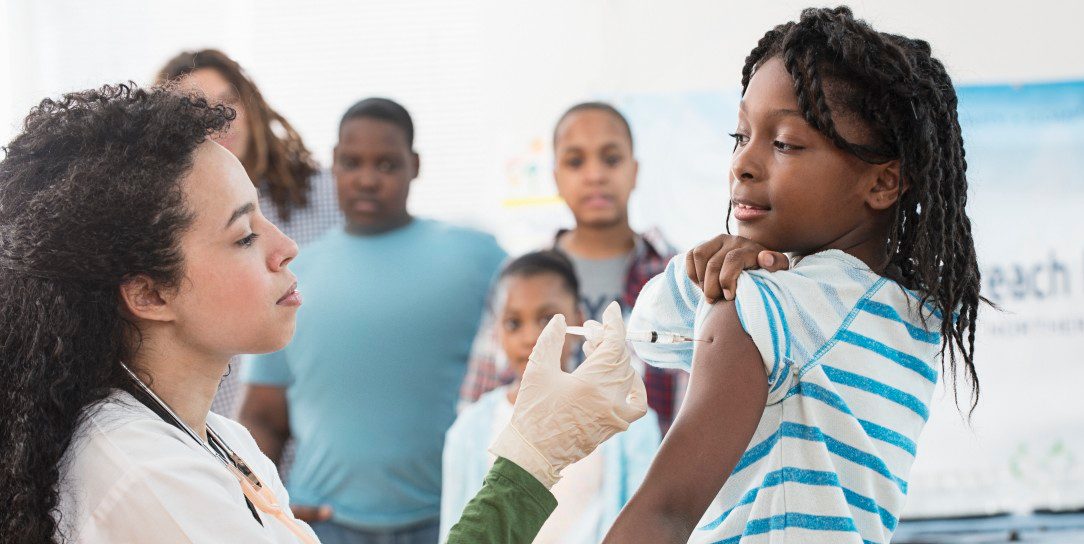A Better HPV Vaccine for Boys and Girls

Make sure the young people in your family are protected against a cancer-causing STD. Learn about a better HPV vaccine for both boys and girls.
There’s an effective HPV vaccine for both boys and girls. The bad news is that too few teens are getting their shots.
HPV is common, the most pervasive sexually transmitted disease in the U.S. About 79 million Americans are infected and spread the virus to another 14 million every year, often teens or young adults. Can you hear the country song? “You broke my heart… and poisoned my womb.”
Most sexually active people will get one form of HPV — or human papillomarvirus — during their lives, the Centers for Disease Control and Prevention (CDC) reports. Most of the time, they never have symptoms, and they spread the virus unknowingly. Some get genital warts. The best reason to get the HPV vaccine is that some forms of HPV are tied to cancer, which can occur in the cervix, anus, penis, mouth, and throat.
The CDC recommends three shots, beginning at age 11 or 12. But government statistics show that only 57 percent of American pre-teen or teen girls have received a dose and only 38 percent have had all three, as recommended. It’s worse with boys: Only 35 percent have had a shot, and a mere 14 percent have had three. Some states have particularly bad rates, including Arkansas, Utah, and Kanas, which may lead to higher rates of cervical and other cancers later on.
That’s a shame, as the HPV vaccine for boys and girls has been found safe, and it is effective for 10 years or more. The vaccine is made from one protein that doesn’t cause cancer and is not infectious. There’s no evidence that it causes fertility problems, as some fear. On the other hand, if a woman develops cervical cancer, a hysterectomy, chemotherapy, or radiation could leave her infertile. Treatment for cervical pre-cancer could put a woman at risk for preterm deliveries and other problems.
Children can get vaccinated as early as age 9 and catch up through age 26, but after that, there’s little you can do to protect yourself.
The Food and Drug Administration approved Gardasil 9, which fights 9 forms of the virus, for girls ages 9 to 26 and boys ages 9 to 15. The vaccine is 20 percent more effective against cervical cancer, and is safe. If your child has already had a vaccine series, ask your doctor about a second round for additional protection.
Once the vaccination window has passed, having sex with people who only have sex with you will help — but remember your partner, or you, could have picked up the virus many years earlier, and there is no test to identify carriers. Using condoms also helps, but isn’t foolproof, as HPV can infect other parts of the body, too.
How do you know if you have HPV? Sometimes it causes genital warts, bumps in the groin area that may be raised or flat, or shaped like a cauliflower. (But note that HPV is a different virus than herpes, known medically as HSV, which also causes warts.) Don’t panic: the kind of HPV that causes warts does not lead to cancer.
Women may learn they have HPV when they get a Pap smear testing for cervical cancer, recommended after the age of 30. Others discover that they’ve been carrying HPV when they develop cancer symptoms. If caught early, these symptoms can be treated — but no one needs that kind of reminder of their teenage romance.
Updated:
April 30, 2020
Reviewed By:
Janet O’Dell, RN